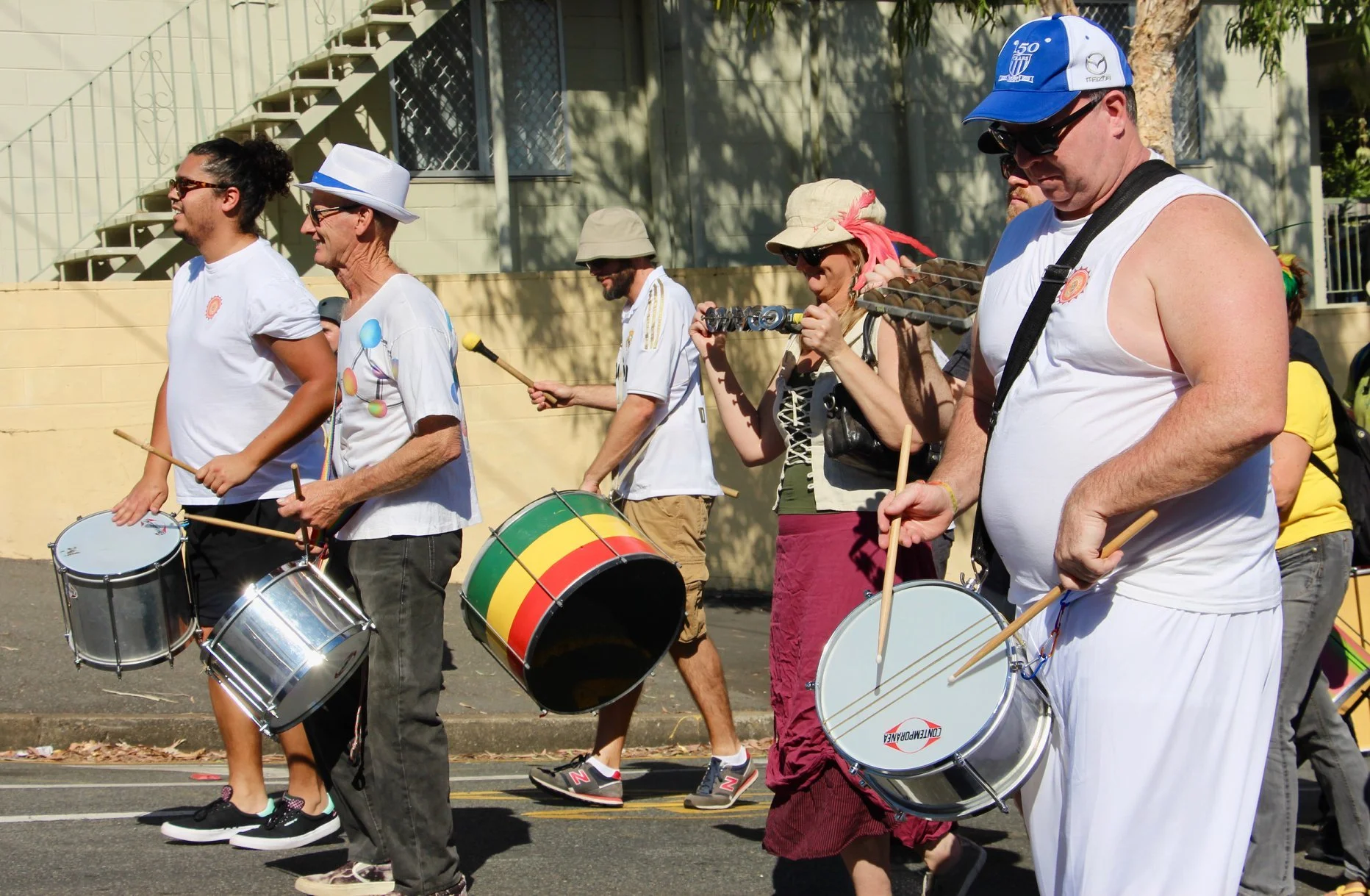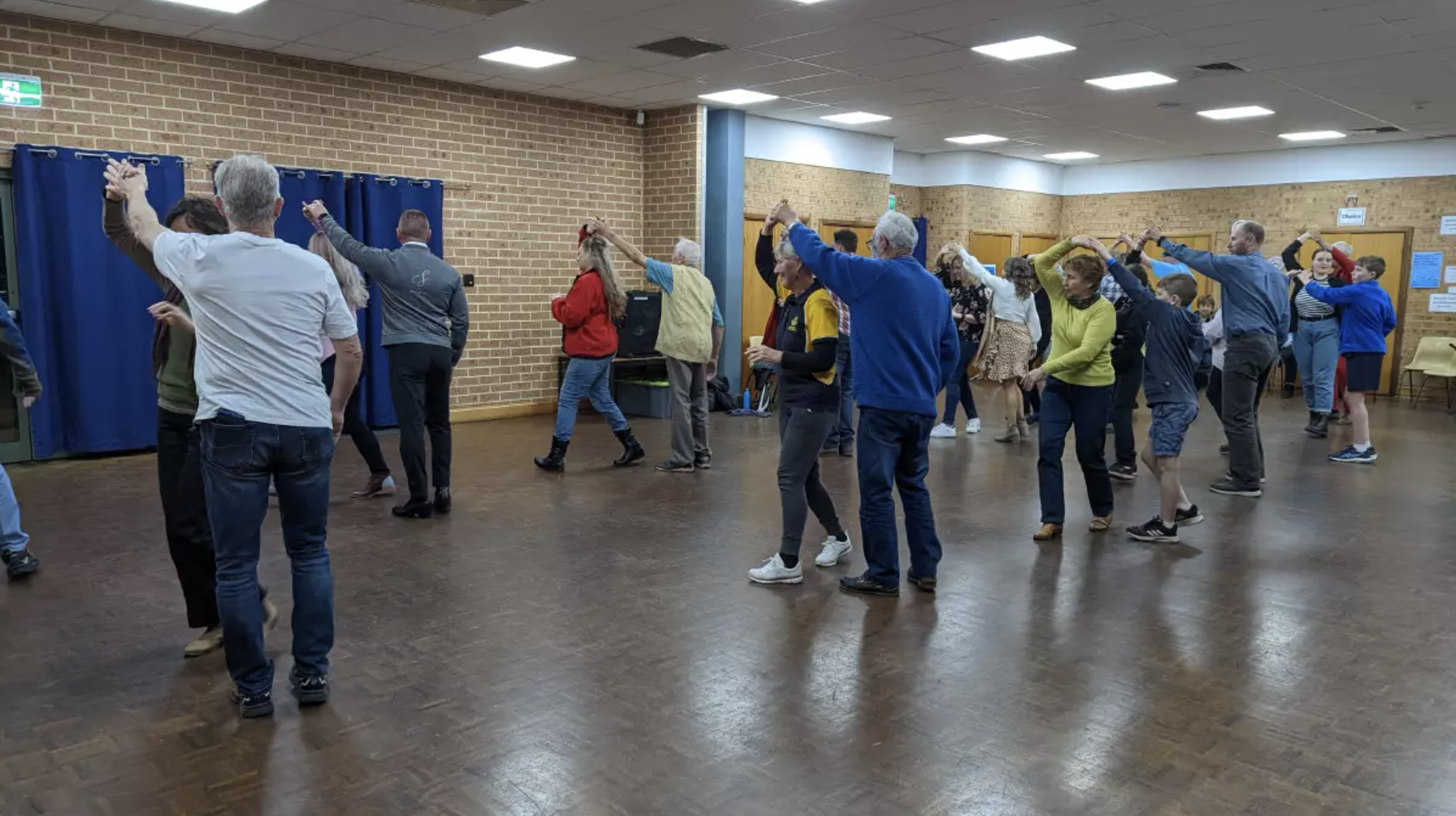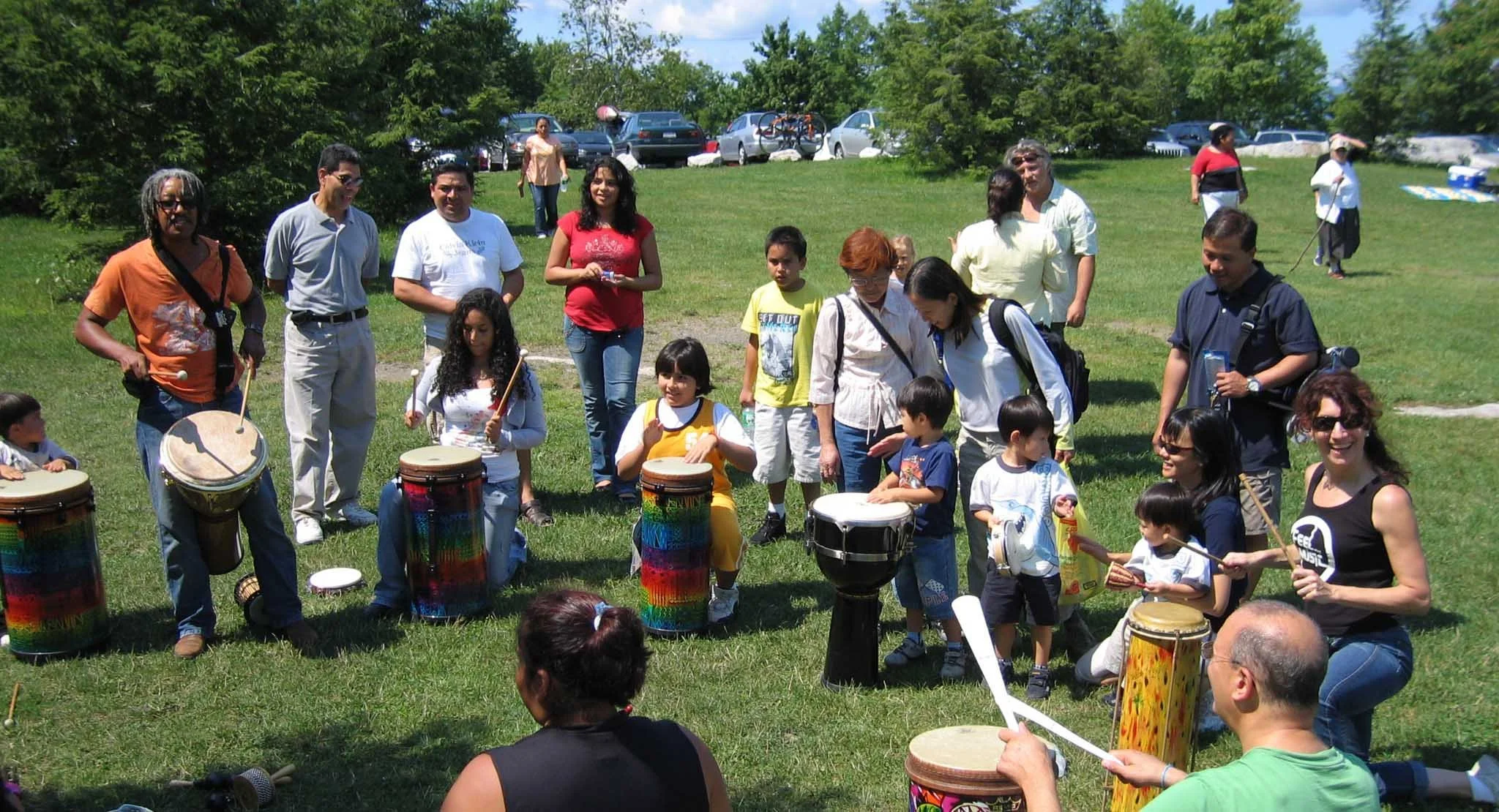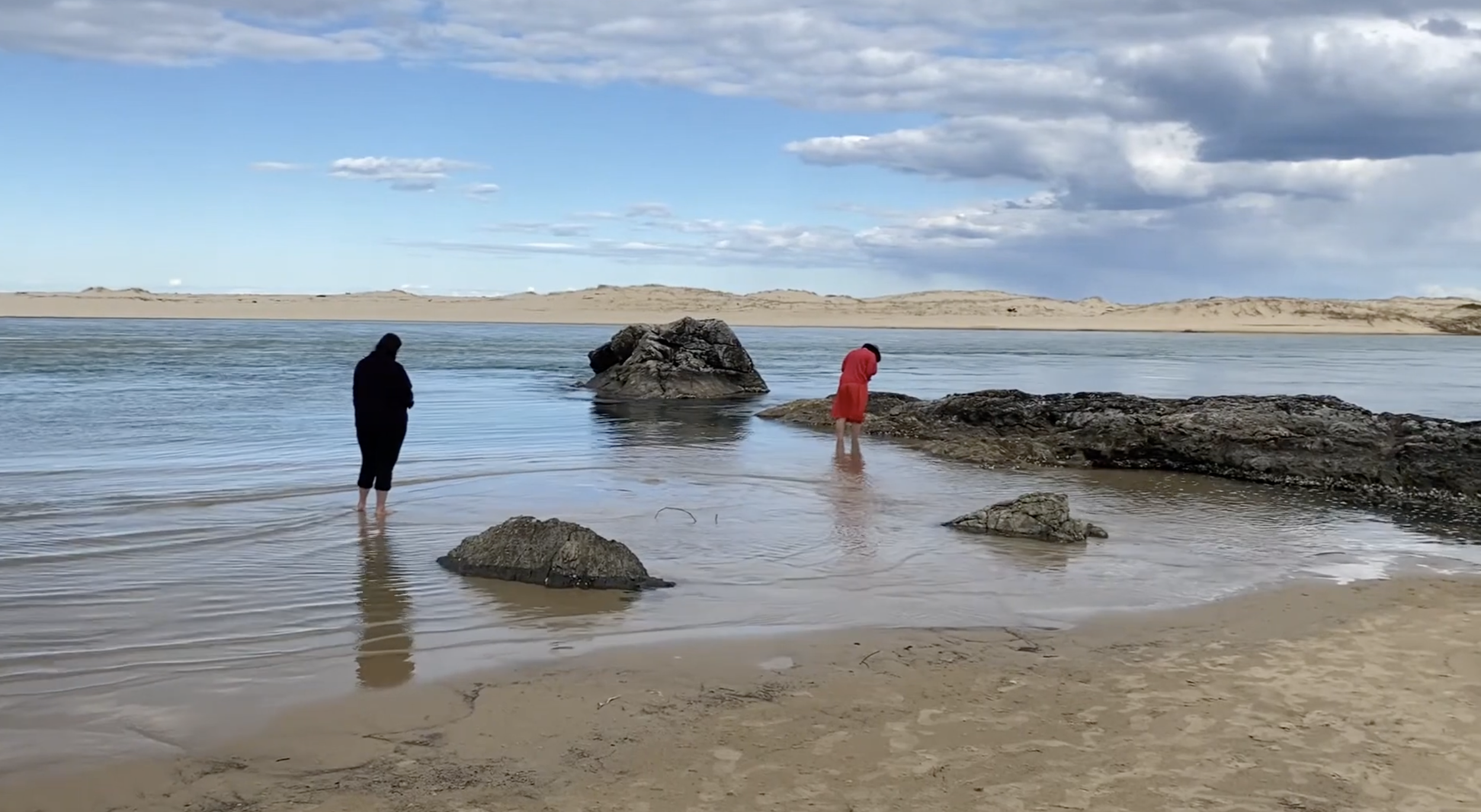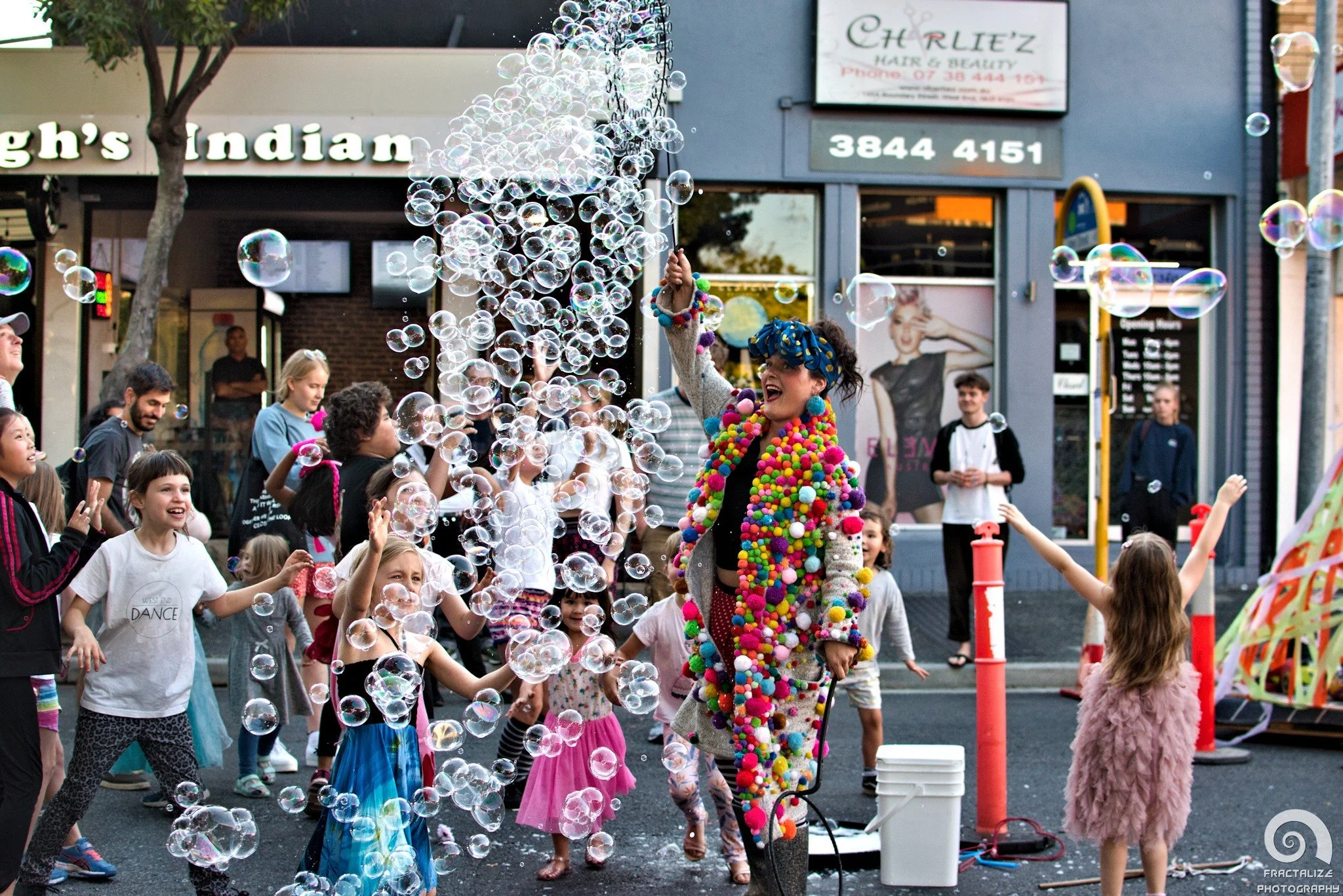The Role of Creative Arts in Disaster Recovery
23 August 2024
Kurilpa is home to a vibrant creative arts community. Join local writer Rose Lane as she explores the benefits that communities have seen from engaging in dancing, music, art making, and nature post-disasters. Where in our community might you engage in creative arts after the next flood?
The last thing people probably feel like doing after a natural disaster is dancing, but after the bushfires in the Hawkesbury region in the summer of 2019-2020 this is exactly what they did.
Using joint Commonwealth and State Disaster Recovery funding, SoDa (short for social partner-dancing) events were held. A dance leader was engaged to teach people the steps and people of all ages and backgrounds were able to come together and have fun.
Apart from the obvious physical benefits, dance can help reduce stress and anxiety, facilitate and repair social cohesion, and reaffirm community identity. Dancing also offers an opportunity for celebration and joy in the aftermath of a traumatic event. To further assist recovery from the trauma of the bushfires, SoDa combined dancing with psychological support.
As the people of Kurilpa know, natural disasters can wreak havoc on a community, leaving behind a trail of destruction and despair, but fun and creative activities are some of the most powerful tools that can help rebuild. These activities not only provide immediate relief and joy but also play a critical role in long-term recovery.
According to NFS Consulting, a specialist research and evaluation service that provides advice to government and not-for-profit agencies:
“[There is] a common misunderstanding about the role of the arts in the disaster recovery process. There is a perception that the role of the arts in disaster recovery is simply about cheering people up and providing a short-term distraction through entertainment.”
Art therapy, for instance, has been widely recognised for its therapeutic benefits. Creating art can help survivors express their trauma and begin the healing process. Music and dance, on the other hand, can provide an emotional release and bring people together in a shared experience of joy and hope as seen with the SoDa events.
In the wake of the 9/11 terrorist attacks in the US, an organisation called Feel the Music was established. From 2005-2012, the organisation used singing, song-writing, playing instruments, painting, and dancing to bring people together and foster healing.
The benefits of these activities have been well-documented by Feel the Music, who claim, “not only do they create a safe space for individual growth, but are increasingly seen as part of the holistic approach necessary in creating and sustaining healthy communities.”
The Creative Recovery Network is a community advocacy organisation that works with government and creatives to advocate for the vital role of the arts in disaster management systems. In 2022, when Mid North Coast communities in NSW were still recovering from both bush fires and floods, they partnered with Arts Mid North Coast to provide training to forty local creatives in trauma-informed “disaster recovery and preparedness knowledge and facilitation skills” to enable them to conduct workshops within their communities.
They found that using people from within the community worked better than bringing in people from outside because those people were better able to engage with other locals. The program also emphasised partnering with First Nations people.
Bernard Kelly-Edwards, a Gumbayngirr man and facilitator, uses a blend of PABI, (Patience, Awareness, Balance and Integration), a practice passed down from previous generations, and Dawaandi a practice that invites “people to see their reflections and the shadow of their person in connection with country”.
Bernard says this approach:
“… allows human beings to go deeper in recovery from disasters or mental health issues. When people are going through stress or problems or recovering from disasters or whatever, they only know one way of recovery… A lot of people are at the pub drinking, talking about the [disaster] and at restaurants having dinner and all that kind of stuff. And that's beautiful, because they're talking about it, but the creative approach to it is that you're letting something deep within your spirit come through”.
Aiden, one of the participants in the recovery program, found being with other people who were prepared to be vulnerable and share authentically gave him the sense that he wasn’t alone in what he was experiencing and enabled him to express that creatively:
“I find I write a lot of music out of that space of not feeling good, and it's almost like sometimes I'll need to create something to just transmute that energy that's in you and just turn it into something beautiful.”
In Shepparton, an arts project titled “An Item of Connection” brought community members together to share their experiences and tell their stories of the 2022 floods.
It gave people a chance to express not just the loss and suffering they experienced. Local artist Amanda Hocking ran some of the workshops and says it provided a way to share without necessarily talking:
“One of my painting clients joined the art class with me solely to recover from the process of having a house annihilated by the floods and the process of rebuilding. It was fabulous because she was able to put it all on canvas. She had done some painting but not a lot and she really got involved in the painting process and said it was so cathartic for her and it really gave her some power back.”
Rebuilding a community after a natural disaster is a complex and multifaceted process. While infrastructure and economic recovery are critical, the importance of fun and creative activities should not be underestimated.
These activities play a vital role in healing psychological wounds, strengthening social bonds, enhancing community identity, inspiring hope, and engaging all members of the community.
Where in our community might we engage with creative arts after the next flood?
Rose Lane is a freelance writer who has lived in Brisbane since 1985 and in 4101 since 2019. She has been a regular contributor to The Westender and was a Community Correspondent with ABC Radio Brisbane from 2014-2016. Her writing has appeared in The Guardian, The Big Issue, New Matilda and other publications.


